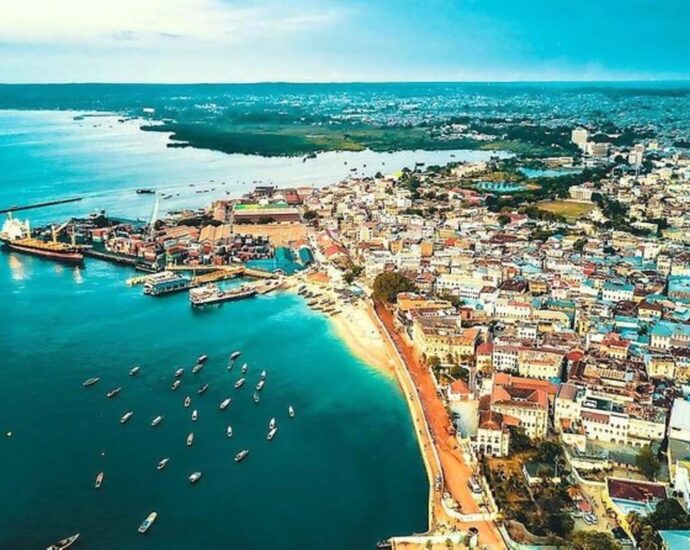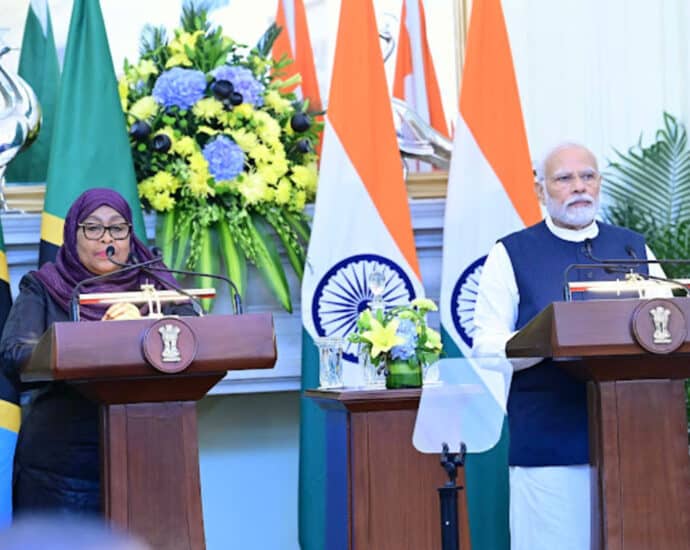Tanzania Digital Inclusion Project Wins Global Award
DAR ES SALAAM — THE Tanzania Digital Inclusion Project (TADIP) has excelled at the recently concluded World Summit on Information Society (WSIS 2024 PRIZES) held in Geneva, Switzerland.
Implemented by the Internet Society Tanzania Chapter (ISOC-TZ) in Kigamboni District, Dar es Salaam, the project recorded victory in the category of Access to Information and Knowledge.
The award was received by ISOC-TZ president Nazar Kirama, who was accompanied by Minister for Information, Communication and Information Technology, Mr Nape Nnauye.
Mr Nape thanked Tanzanians for their cooperation and vowed that no Tanzanians would be left behind in digital inclusion. Mr Kirama expressed happiness for winning the award, stating that it was a positive gesture towards the digital inclusion journey.
“I am thankful to receive this award alongside the responsible minister. It is my hope that Tanzania will continue to improve in digital inclusion,” Mr Kirama stated.
Explaining about the competition, Mr Kirama mentioned that their project was among 1,049 projects from different countries that entered the competition in the first round.
After screening, 369 projects proceeded to the second and final round, in which the Tanzanian project was among them.
According to Mr Kirama, during the summit’s climax on Tuesday this week, their project was declared the winner in the ‘Access to Information and Knowledge’ category.
The TADIP, initiated in 2020, is a 10-year project aimed at closing the digital divide in Tanzania by connecting the unconnected and underserved citizens in rural and urban centres. The project will connect 32.44 million people and train 6 million youths and women on digital literacy.
It is envisioned that 1,500 WiFi School InfoHubs, 262,260 WiFi Community InfoHubs, and 12,437 WiFi Super InfoHubs will be established throughout Tanzania to connect the unconnected millions.
The WiFi Super InfoHubs will also include a Climate Monitoring Focal Point (CCM-FP), involving students and youths in measuring things like carbon emission levels and air quality. Recently, Minister Nape made significant announcements shedding light on Tanzania’s vision for digital transformation and its role in shaping a sustainable and inclusive future.
He emphasised the transformative power of digital technology and the commitment to leveraging it for the benefit of all citizens.
The Minister stressed the importance of integrating digital solutions into key sectors such as education, healthcare, agriculture and governance to enhance efficiency, transparency and accessibility.
One of the key announcements made by the Minister was the government’s ambitious Vision 2025, aiming to position the country as a digital leader on the global stage.
This comprehensive vision includes strategic initiatives to improve digital infrastructure, promote innovation and entrepreneurship, enhance digital literacy, and ensure the availability of affordable and reliable internet connectivity nationwide.
Mr Nape emphasised the need to bridge the digital divide, recognising that access to digital tools and connectivity is essential for individuals and communities to fully participate in the digital economy.
The project is at aimed higher-connecting citizens to meaningful internet, creating community network innovation hubs, providing digital skills, digital adult education, e-learning skills for teachers and STEM trainings for girls to reduce digital gender gap.
Source: allafrica.com






















